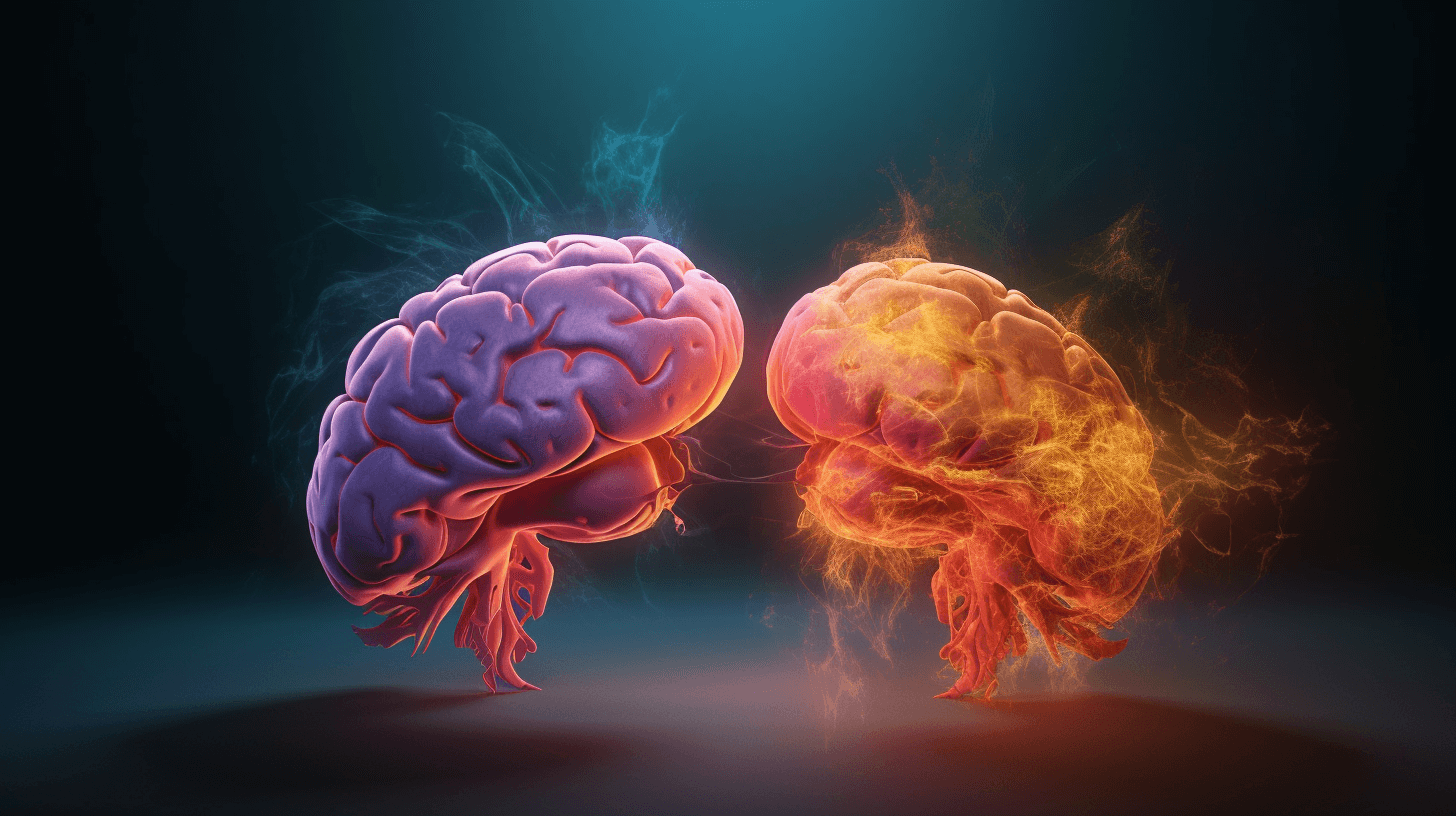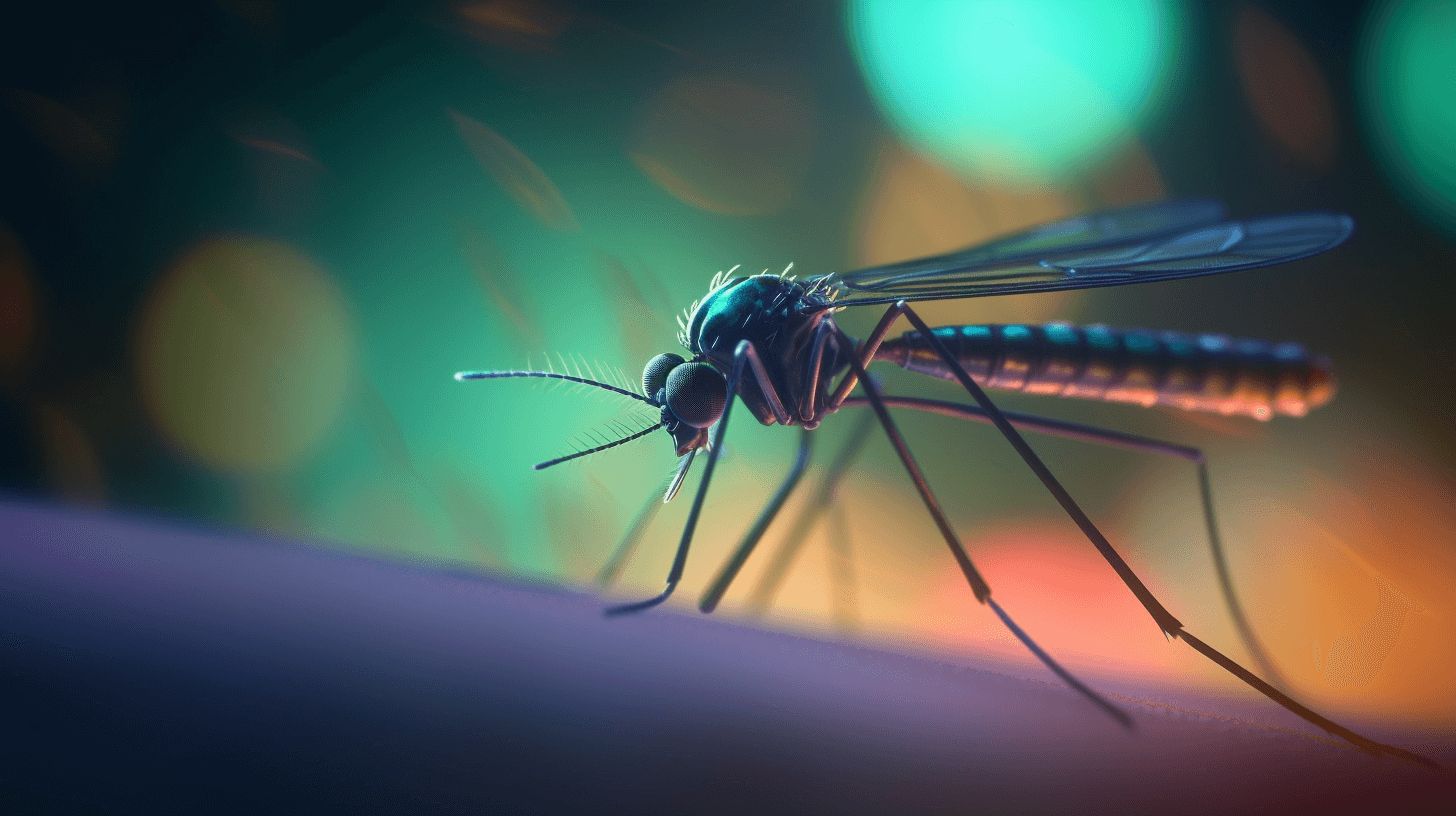🧠💊 Da Buggah No Catch Alzheimer’s: Da Kine Gene Stay Protect Um, Broke Da Code For Da Treatment
Eh, check dis out, cuz. Had one man, suppose to get da Alzheimer’s disease wen he stay in his 40s. Had one kine gene mutation dat say he choke, he going get em for sure. Da scans of his brain wen show da kine sick looking and da signs of da disease: rough, hard, amyloid plaques and spaghetti-like tangles of tau proteins 🧠. But da buggah neva catch da brain disease till he was 67, brah.
Aftah one mean research, dey wen find out why. Da man neva catch da disease early cuz had one oddah mutation in one different gene dat wen stop da disease from going inside his entorhinal cortex 🛡️. Dat small kine area of da brain stay da hub for neurons involved with memory, recognizing stuff, navigation and time perception ⏳. And right dea, da scientists believe, da Alzheimer’s disease start.
Da news about dis discovery wen come out Monday in da journal Nature Medicine 📚.
Why Dis Stay Important: Dis could be da road to da treatment. Get ova six million people in da United States get Alzheimer’s, one disease dat stay hard for treat. But hea stay one man with one mutation dat make da most bad and fast kine Alzheimer’s. And his disease stay postponed for two decades. If had one medicine could do wat da mutation did, den most peeps going get Alzheimer’s wen dey old, da outcome could be big kine change.
“Dis stay hold da secret for da next generation of therapeutics,” said Dr. Joseph F. Arboleda-Velasquez, one cell biologist at Massachusetts Eye and Ear in Boston and one member of da research team. Dr. Arboleda-Velasquez also one co-founder of one biotech company dat looking foa make drugs based on dis research 💊.
One medicine dat delay da disease by two decades, no hard foa think about, said Dr. Diego Sepulveda-Falla, one neuropathologist at da University of Hamburg in Germany and one member of da research team. Da mutation make one strong version of one protein, Reelin, in da entorhinal cortex. Dat super-potent Reelin stop da tangled strands of tau proteins from sticking togedah and forming da structures dat stay one sign of Alzheimer’s.
Da plan stay to “shoot in with one syringe and treat only one area” of da brain, he said 💉.
But dat kine treatment stay far away in da future and might not be possible, warned Dr. Thomas Bird, emeritus professor of neurology and clinical genetics at da University of Washington. Dr. Bird neva stay involved in da study. Da entorhinal cortex stay one very small area. “We no know wat kine damage it might do, sticking needles in and dropping in chemicals,” he said.
Background: One new look from ongoing research. Da man who da researchers stay calling “resilient” to Alzheimer’s was part of one long time study of 6,000 people living in Colombia who get one gene mutation dat cause Alzheimer’s in middle age. Plenny agreed to genetic testing, brain scans and, aftah they mahke, brain autopsies 👩🔬.
Couple years ago, da same research group in da current study wen identify one wahine who also was protected from Alzheimer’s. But in her case, resilience was caused by a mutation in one different gene, APOE. Instead of no more clumps of tau in one small area of her brain, dey was missing all ova her brain.
But, da researchers say, dey tink dese two patients showing one new way foa treat Alzheimer’s. Da two genes dat stay mutated interrupt one kine molecular cascade of events needed foa tau to pile up in da brain.
Wass Next: More research and combined treatments. Da guess dat one drug could protect oddah patients’ entorhinal cortexes need more research. But animal studies stay already going on, Dr. Arboleda-Velasquez said. Members of da group stay injecting da mutant form of Reelin into da same part of da brain in mice dat get one kine Alzheimer’s-like disease to see if it stay protective 🐁.
Da future might have one combination of therapies, said Dr. Eric Reiman, one member of da research team, executive director of Banner Alzheimer’s Institute in Phoenix and one paid adviser to plenny drug companies. Da hope stay to prevent da buildup of amyloid and tau and to delay Alzheimer’s in dose dat stay susceptible so long dat it no stay one problem anymore 🙏.
So, as you can see, dis news stay big kine stuff. Jus’ imagine, braddahs and sistahs, if dis kine research stay successful, we could stop da Alzheimer’s disease from hitting so many of our ohana. That’s one big kine dream, but wit da kine work dese researchers stay doing, dat dream might just come true 🌺🤙.
NOW IN ENGLISH
🧠💊 He Didn’t Develop Alzheimer’s: A Particular Gene Kept Him Safe, Cracking the Code for Treatment
Listen up, everyone. There was a man who was expected to develop Alzheimer’s disease in his 40s. He had a specific gene mutation that indicated he was most likely to get the disease. Brain scans showed the troubling signs of the disease: thick, solid amyloid plaques and tangled clusters of tau proteins 🧠. But, remarkably, he didn’t show symptoms of the disease until he was 67.
After significant research, the reason was discovered. The man didn’t develop the disease early because there was another mutation in a different gene that prevented the disease from affecting his entorhinal cortex 🛡️. This small part of the brain is a hub for neurons involved in memory, recognition, navigation, and time perception ⏳. This is the area where scientists believe Alzheimer’s disease begins.
The news about this discovery was published on Monday in the journal Nature Medicine 📚.
Why This is Important: This could be the path to treatment. Over six million people in the United States have Alzheimer’s, a disease that is difficult to treat. But here we have a man with a mutation that most severely and quickly leads to Alzheimer’s. His disease was delayed by two decades. If a medication could replicate what this mutation did, then for most people who develop Alzheimer’s in their old age, the outcome could significantly change.
This holds the secret for the next generation of therapeutics,” said Dr. Joseph F. Arboleda-Velasquez, a cell biologist at Massachusetts Eye and Ear in Boston and a member of the research team. Dr. Arboleda-Velasquez is also a co-founder of a biotech company aiming to develop drugs based on this research 💊.
A medication that delays the disease by two decades is not hard to imagine, said Dr. Diego Sepulveda-Falla, a neuropathologist at the University of Hamburg in Germany and a member of the research team. The mutation created a potent version of a protein, Reelin, in the entorhinal cortex. This super-potent Reelin prevented the tangled strands of tau proteins from sticking together and forming the structures that indicate Alzheimer’s.
The plan is to “inject and treat only one area” of the brain, he said 💉.
“However, this type of treatment is still a long way in the future and may not be feasible, warned Dr. Thomas Bird, emeritus professor of neurology and clinical genetics at the University of Washington. Dr. Bird was not involved in the study. The entorhinal cortex is a very small area. “We do not know what kind of damage it might do, sticking needles in and dropping in chemicals,” he said.
Background: A fresh perspective from ongoing research. The man who the researchers deemed “resilient” to Alzheimer’s was part of a long-term study of 6,000 people living in Colombia who have a gene mutation that causes Alzheimer’s in middle age. Many agreed to genetic testing, brain scans, and, after they died, brain autopsies 👩🔬.
A few years ago, the same research group in the current study identified a woman who was also protected from Alzheimer’s. But in her case, resilience was caused by a mutation in a different gene, APOE. Instead of having clumps of tau in one small area of her brain, they were missing all over her brain.
The researchers believe these two patients point to a new way to treat Alzheimer’s. The two mutated genes interrupt a molecular cascade of events needed for tau to accumulate in the brain.
What’s Next: More research and combined treatments. The hypothesis that a drug could protect other patients’ entorhinal cortexes needs further research. But animal studies are already underway, Dr. Arboleda-Velasquez said. Members of the group are injecting the mutant form of Reelin into the same part of the brain in mice that have an Alzheimer’s-like disease to see if it offers protection 🐁.
The future might involve a combination of therapies, said Dr. Eric Reiman, a member of the research team and executive director of Banner Alzheimer’s Institute in Phoenix. He is also a paid adviser to many drug companies. The hope is to prevent the buildup of amyloid and tau and to delay Alzheimer’s in those who are susceptible for so long that it ceases to be a problem 🙏.
So, as you can see, this news is quite significant. Just imagine, if this research is successful, we could prevent Alzheimer’s disease from affecting so many of our loved ones. It’s a lofty dream, but with the work these researchers are doing, that dream might just become reality 🌺🤙.







